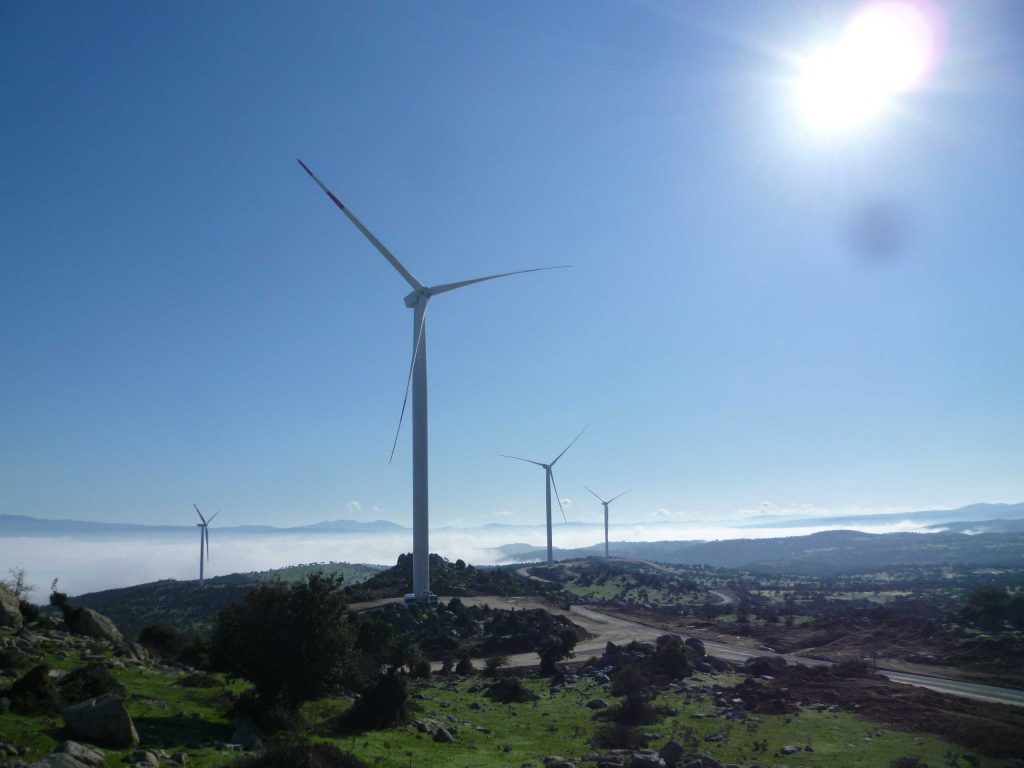The Church That Politics Turned Into a Mosque
By SUSANNE GUSTEN
ISTANBUL — As worshipers knelt to face the Qiblah for noon prayers in the Hagia Sophia of Iznik last week, a caretaker beckoned to a couple of tourists tiptoeing around behind them.
“Look,” he whispered, pointing to a faded fresco on the wall, as the imam intoned the prayer and the worshipers faced Mecca. “It’s Jesus, Mary and John the Baptist.”
The caretaker, Nurettin Bulut, a Culture Ministry employee, has been showing visitors around the ancient church in northwestern Turkey for three years, pointing out its Byzantine mosaics and relating its history as the venue of the seventh Ecumenical Council of Christendom and, later, as an Ottoman mosque.
Until three months ago, he was showing them around a museum, with a sign saying “St. Sophia Museum” posted outside, a ticket booth charging 3 lira, or $1.70, per visitor, and a strict ban on prayer enforced inside, just like in its eponymous sister church-turned-mosque-turned-museum in Istanbul.
But in October, the Hagia Sophia of Iznik was closed to the public for several days of construction work by the Directorate General of Foundations, a department of the prime minister’s office in Ankara which manages historical buildings around the country.
When it reopened in early November, a raised wooden platform had been set into the nave and covered with carpets, and green-and-gold plaques with Koran suras had been affixed to the Ottoman mihrab, or prayer niche.
The museum sign was replaced with a new one reading “Mosque of Ayasofya,” the Turkish spelling of Hagia Sophia, and loudspeakers were hoisted on the Ottoman-era minaret. And with dawn prayer on Nov. 6, the first day of Eid al-Adha, the Hagia Sophia was reopened for service as a mosque.
The response from residents has been less than enthusiastic. On a recent weekday, only 18 men answered the call to noon prayer, huddling in a corner of the carpeted platform with the imam to perform their devotions.
Outside, local residents voiced bitterness over the conversion of the landmark, which sits on the main crossroad at the center of the historical town.
“It’s completely unnecessary,” said Emin Acar, a local farmer enjoying the winter sun outside a teahouse within view of the Hagia Sophia.
“We have plenty of mosques here,” Mr. Acar said, in remarks echoed by shoppers and strollers up and down the main street. “What we need are tourists, but they won’t be coming anymore.”
The town, whose income depends largely on surrounding olive groves, had also begun to trade on its eminent place in the history of Christianity to attract faith tourism from the West.
It was here in ancient Nicaea, as the town was then called, that bishops from all over the Roman Empire gathered to craft the Christian creed at the first Ecumenical Council in the year 325.
Four and a half centuries later, the seventh and last of the Ecumenical Councils still recognized by most churches in the world today met in the Hagia Sophia of Nicaea in the year 787 to denounce iconoclasm, opening the door to a millennium of Christian religious art.
The site was converted into a mosque by the Ottoman conquerors of Iznik in the 14th century, but fell into disrepair and was abandoned long before the Turkish Republic was founded in 1923.
Restored by district authorities and the foundations directorate in 2007, the Hagia Sophia became in the past few years the focal point of Christian tourism to Iznik. Last year, 40,000 foreign tourists visited the town, according to its chamber of commerce.
“They came for the Hagia Sophia, but they won’t be coming anymore,” said Ilknur Gunes, who sells her hand-made jewelry a block from the ex-church. “If someone converted a historical mosque I wanted to see into a church, I wouldn’t want to go anymore, either. Historical sites should be kept as museums.”
Emerging from the Hagia Sophia, a German tourist, Claus Stoll from Stuttgart, said he did not mind the conversion, “as long as the building is preserved.” Turkish tourists were more skeptical.
“It’s not a good place for a mosque,” said Gokturk Tutuncu, on an outing with his family from Istanbul.
“It should have remained a museum,” Nilgun Tuna, visiting from Istanbul, said. “We should protect our historical heritage, and that includes the Christian heritage.”
A version of this article appeared in print on February 9, 2012, in The International Herald Tribune.
via The Church That Politics Turned Into a Mosque – NYTimes.com.
More :
